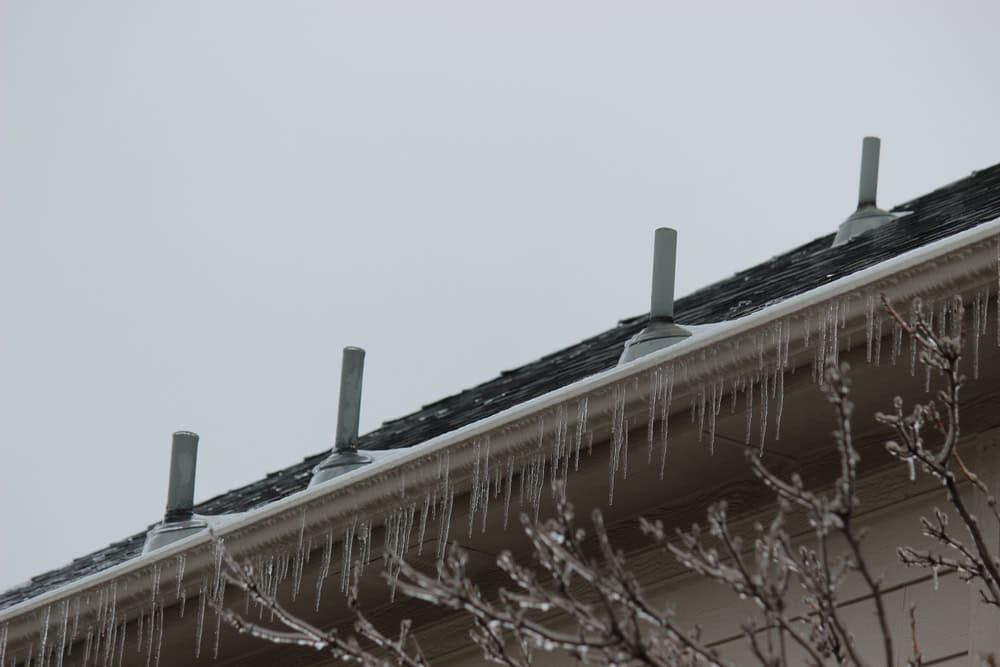The Importance of Plumbing Vents in Your Home

Modern plumbing systems rely on more than just water pipes—they also depend on plumbing vents, which play a critical role in ensuring your drainage system works efficiently and safely.
What Is a Plumbing Vent?
A plumbing vent isn’t just there to route unwanted odors outside; it’s a vital part of your home’s Drainage, Waste, and Vent (DWV) system. Its primary purpose is to provide the air needed for water to flow properly through the pipes, preventing pressure issues that can disrupt drainage.

How the DWV System Works
-
Air Supply for Flow:
- Picture a drinking straw: when you cover the top, liquid can’t flow out. Plumbing pipelines behave the same way. Without air supplied by the vent, water won’t drain efficiently.
-
Venting Through the Roof:
- The DWV system has pipes extending from each fixture that rise vertically and terminate outside your roof as an open pipe. This design allows air in and prevents negative pressure within the system.
-
Balanced Pressure:
- Without proper venting, pressure imbalances in the pipes can cause issues like water backing up or drains emptying too slowly.

Benefits of Plumbing Vents
Preventing Air Suction:
- Vents maintain even air pressure across the system, preventing the “glug-glug-glug” sound that occurs when drains struggle for air.
- This helps traps at each fixture retain water, creating an odor seal between your home and sewer gas.
Keeping Drains Smooth:
- A properly vented system ensures that water flows down unobstructed without causing secondary drainage issues or noise.

Signs of a Venting Problem
- Slow Drains: If water lingers in the sink or tub, it could indicate poor venting.
- Gurgling Sounds: When a fixture makes gurgling or glugging noises, it typically means the vent isn’t supplying adequate air.
- Cross-Drain Issues: For example, if flushing a toilet causes the sink to gurgle or bubble, it’s a clear sign of a problem in the vent system.
If you notice these symptoms, contact a professional plumber to inspect and resolve the issue.

Summary: Why Plumbing Vents are Important

Plumbing vents are an essential part of your home’s DWV system, ensuring water flows smoothly and air balances the pressure in the pipes. Vents prevent unwanted gurgling, protect traps from drying out, and remove sewer odors. If drainage issues or strange sounds occur, it’s likely a venting issue—and professional help is advised. Keeping your plumbing system properly vented ensures efficient, quiet, and odor-free operation in your home.